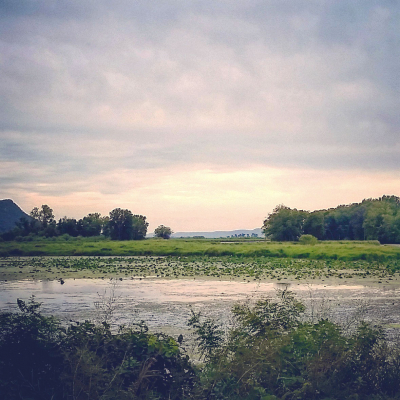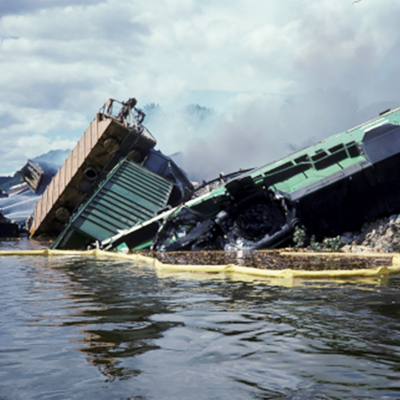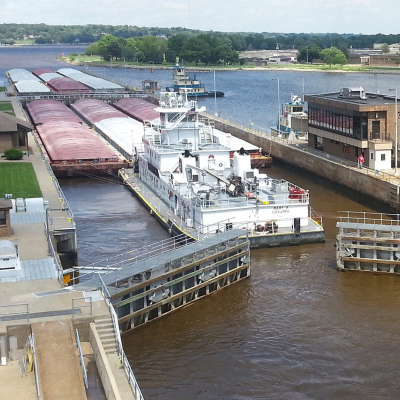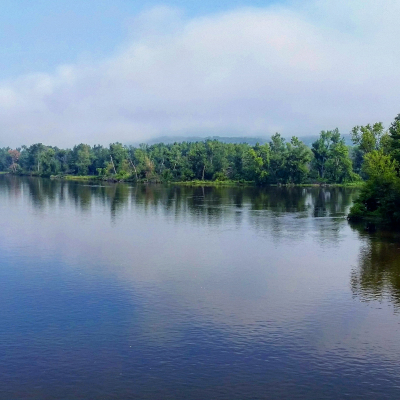The Upper Mississippi moves large volumes of commodities that are essential to a strong national economy: gravel, fertilizers and agriculture commodities, salt, cement, steel, and energy products
The Upper Mississippi is an essential component of the nation’s land-based transportation network, serving as a vital link in the nation’s multi-modal transportation system and relieving congestion on roads and rail. In recent years, the country has witnessed significant economic impacts of capacity constraints in land-based transportation modes. Therefore, the Upper Mississippi states have a strong interest in increasing utilization of the river as a freight transportation route and seamlessly integrating the waterways into the national freight transportation system as well as their own state freight plans.
Commercial navigation is made possible by a series of 29 lock and dams on the Upper Mississippi, mostly built in the 1930s, and eight lock and dams on the Illinois River. Collectively, these locks, along with active channel maintenance, provide a reliable 9-foot navigation channel.
Most of these locks are antiquated and have only one chamber, leaving the system vulnerable to potentially devastating impacts should a failure occur. The 600-foot locks found at most Upper Mississippi dams do not accommodate the modern 15-barge tow configuration. Any tow larger than eight barges has to be pulled apart into two segments for locking, thereby increasing shipping time and costs. It also increases wear to lock machinery and exposes deckhands to higher accident rates. These capacity limitations hamper the system’s ability to support future traffic growth, undermining the potential to fully realize regional and national economic benefits.
There is no viable substitute for moving large volumes of vital commodities that move on the Mississippi River. USDA estimates that a one-year closure at L&D 25 would result in the loss of more than 7,000 jobs, $1.3 billion of labor income, and approximately $2.4 billion of national economic activity in the corn and soybean industries along.
Key Documents and Links
Topic-Specific Internal Links
M-35 Marine Highway (Coming Soon!)
Navigation Assets GIS Inventory
UMRBA Statements
2013 Navigation Policy Position
2014 Joint Governors’ NESP Letter
Priority Solutions
Modernize the NESP-authorized locks
The Navigation and Ecosystem Sustainability Program (NESP) offers a comprehensive and integrated plan for meeting current and future shipping demands, stimulating economic growth, and improving the health and resilience of the river ecosystem. NESP includes the construction of a second 1,200-foot chamber at the system’s seven most congested locks (Locks 20-25 on the Upper Mississippi and La Grange and Peoria Locks on the Illinois River), small-scale navigation efficiency improvements, and a suite of ecosystem restoration projects to increase the quality and abundance of fish and wildlife habitat.
Improve freight mobility on the M-35 and M-55
UMRBA works with industry and other regional partners to improve freight mobility through innovative, integrated strategic approaches as well as to promote the inland waterways as a means to relieve land-side transportation congestion and improve the nation’s overall transportation system. The M-35 and M-55 Marine Highways offer important opportunities for ports, terminals, and operators to access federal funding, technical support, and other resources to expand or develop new shipping services and make the river a more cost-effective and self-sustaining transportation route.
Maintain lock integrity and reliability of the 9-foot navigation channel
Frequent operation of the aged lock system requires continual and robust investment in maintenance and rehabilitation in order to extend the useful life of the locks. Increased appropriations for maintenance is helping to reduce the risk of a lock failure. The Corps' innovative, ongoing rehabilitation of the Illinois Waterways locks is significant and promising. Additionally, sufficient funding is required every year to ensure an operable navigation channel, most notably, through the dredging and disposal of dredged material.
UMRBA History
Commercial navigation has always been a primary focus of UMRBA’s work. Since its creation, UMRBA has worked to ensure adequate federal investment in the operation, maintenance, recapitalization, and capacity of the system’s navigation infrastructure, with the goal of maintaining and enhancing its reliability and efficiency.
----
We are working on our website, and will complete this section soon. Thank you for your patience. Some of the historical references include the following:
- 2016 Channel Management Issue Statement
- 2015 Ports, Terminals, and Operators Workshop
- 2014 Governors' NESP Letter to President
- 2014 Navigation Summit
- 2010 Lock Sequencing Letter to USACE
- 2010 Inland Marine Transportation System Letter to ASA(CW)




